History of the United States of America: United States history is a rich history, that weaves together diverse cultures, notable events, and influential figures spanning centuries. This overview will cover key milestones from pre-Columbian times to the present generation, encompassing the essence of the nation’s evolution.
- If you want to know more about important people’s Biography and the History of different Eras then click on the link below
- worldbioinfo.com/history
- worldbioinfo.com/biography
- youtube.com/history
- wikipedia.com/history
Pre-Columbian period:
Before the arrival of Europeans, the land that is the United States was a diverse place of residence for Native American tribes. These tribes developed complex societies, each with its own culture, language, and governance system. Notable civilizations include the Iroquois Confederacy in the Northeast, the Mississippian culture in the Midwest, and the Pueblo people in the Southwest.
United States of America
European Exploration and Colonization (1492-1763):
European exploration of America began in 1492 with Christopher Columbus. Other explorers such as John Cabot, Giovanni da Verazzano, and Hernando de Soto charted different parts of North America. The Spanish made early settlements in Florida and the Southwest, while the French explored the Mississippi River and Great Lakes region.
In 1607, the first permanent English settlement was established at Jamestown, Virginia. Pilgrims in search of religious freedom founded the Plymouth Colony in 1620. Throughout the 17th century, English, French, Dutch, and Spanish colonies often expanded at the expense of indigenous peoples. population, who faced displacement and disease.
History of USA
Continuously English colonies grew rapidly, developing distinct regional cultures. New England became known for its Puritan work ethic and town meetings. The Middle Colonies for their religious diversity and commerce, and the Southern Colonies for their plantation economy dependent on enslaved African labor. Between colonists and Native Americans, as well as European powers, There were frequent disputes.
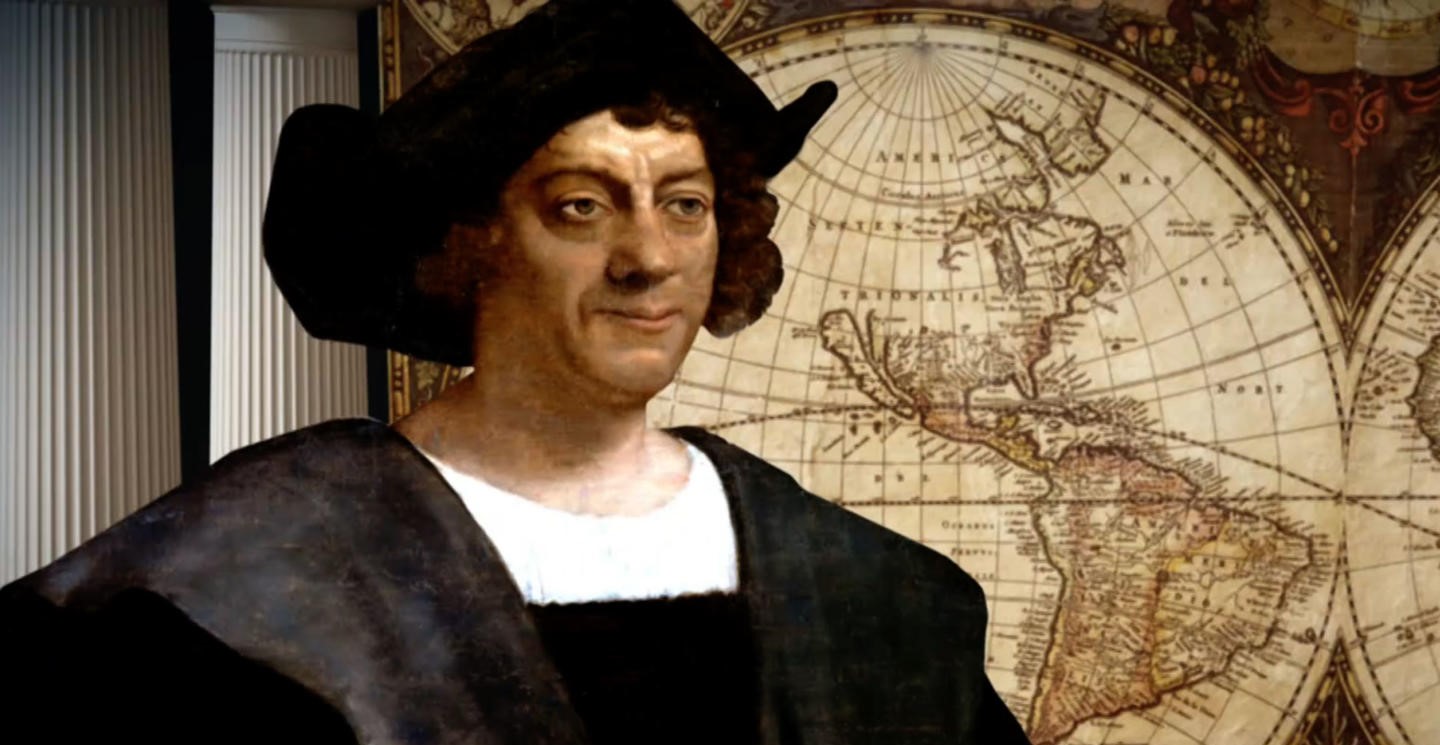
Road to Independence (1763-1783):
After the costly French and Indian War (1754–1763), Britain sought to recoup costs by taxing the American colonies, leading to widespread discontent among the colonies. The Stamp Act (1765), Townshend Acts (1767), and Tea Act (1773) sparked resistance and events such as the Boston Tea Party. The First Continental Congress met in 1774 to settle grievances, and the situation escalated into armed conflict in 1775 through the Battles of Lexington and Concord.
United States of America
The Declaration of Independence, written by Thomas Jefferson, was adopted on July 4, in 1776. The Revolutionary War saw the colonies finally defeat Britain with French help. The Treaty of Paris (1783) recognized American independence.
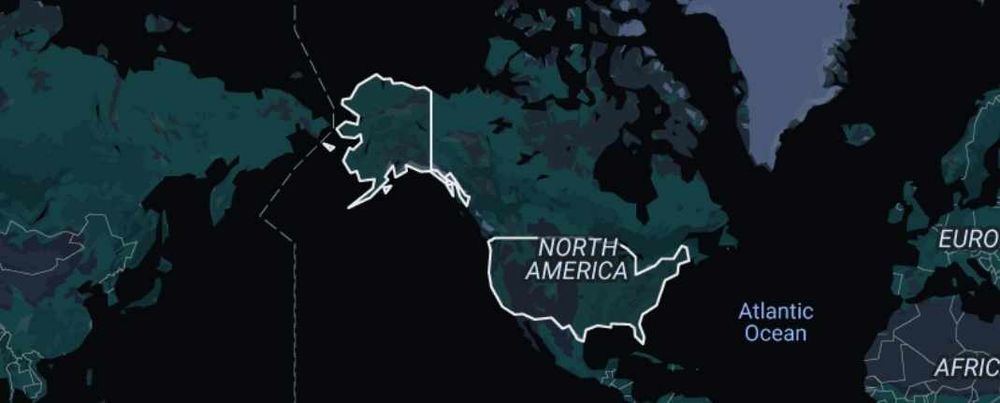
Early Republic (1783-1815):
The Articles of Confederation, the first governing document, proved ineffective, leading to the Constitutional Convention in 1787.
The US Constitution established a federal system with checks and balances and was ratified in 1788, George Washington became the first president in 1789.
United State
The early republic faced challenges including foreign policy dilemmas such as the Whiskey Rebellion, conflicts with Native Americans, and a quasi-war with France. The Louisiana Purchase in 1803 doubled the country’s size, and the War of 1812 confirmed American sovereignty.
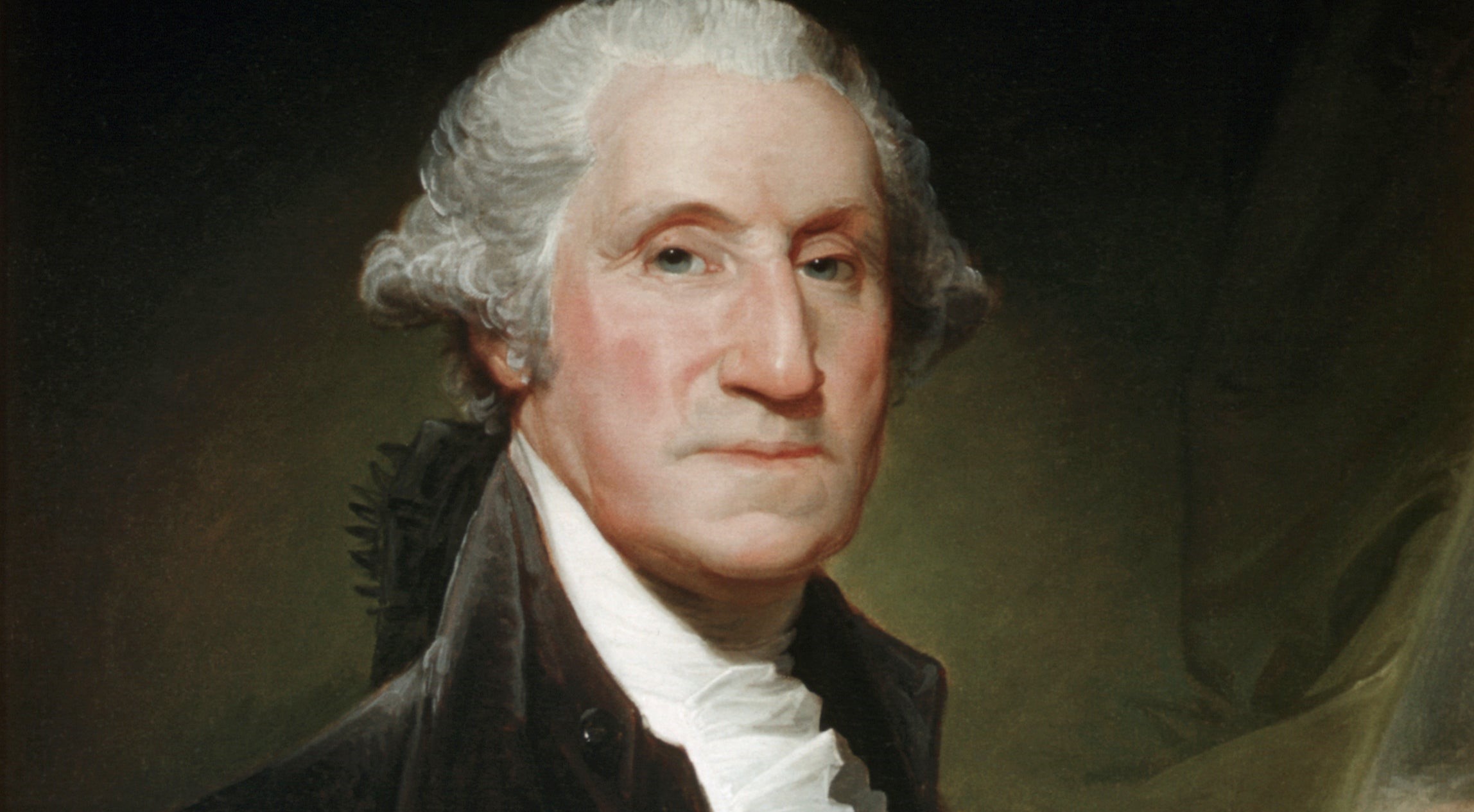
History of The United States of America
Expansion and Conflict (1815-1860):
The 19th century was marked by the westward expansion of maps, driven by the concept of Manifest Destiny. This led to the displacement of Native American tribes, exemplified by the Trail of Tears. The Mexican-American War (1846-1848) resulted in the acquisition of present-day California, Arizona, New Mexico, and other territories.
Economic growth driven by the Industrial Revolution exacerbated regional differences. North America developed an industrial economy while South America was agrarian, relying heavily on slavery. The Missouri Compromise (1820) and the Compromise of 1850 attempted to maintain a balance between free and slave states, but this division led to increased tensions.
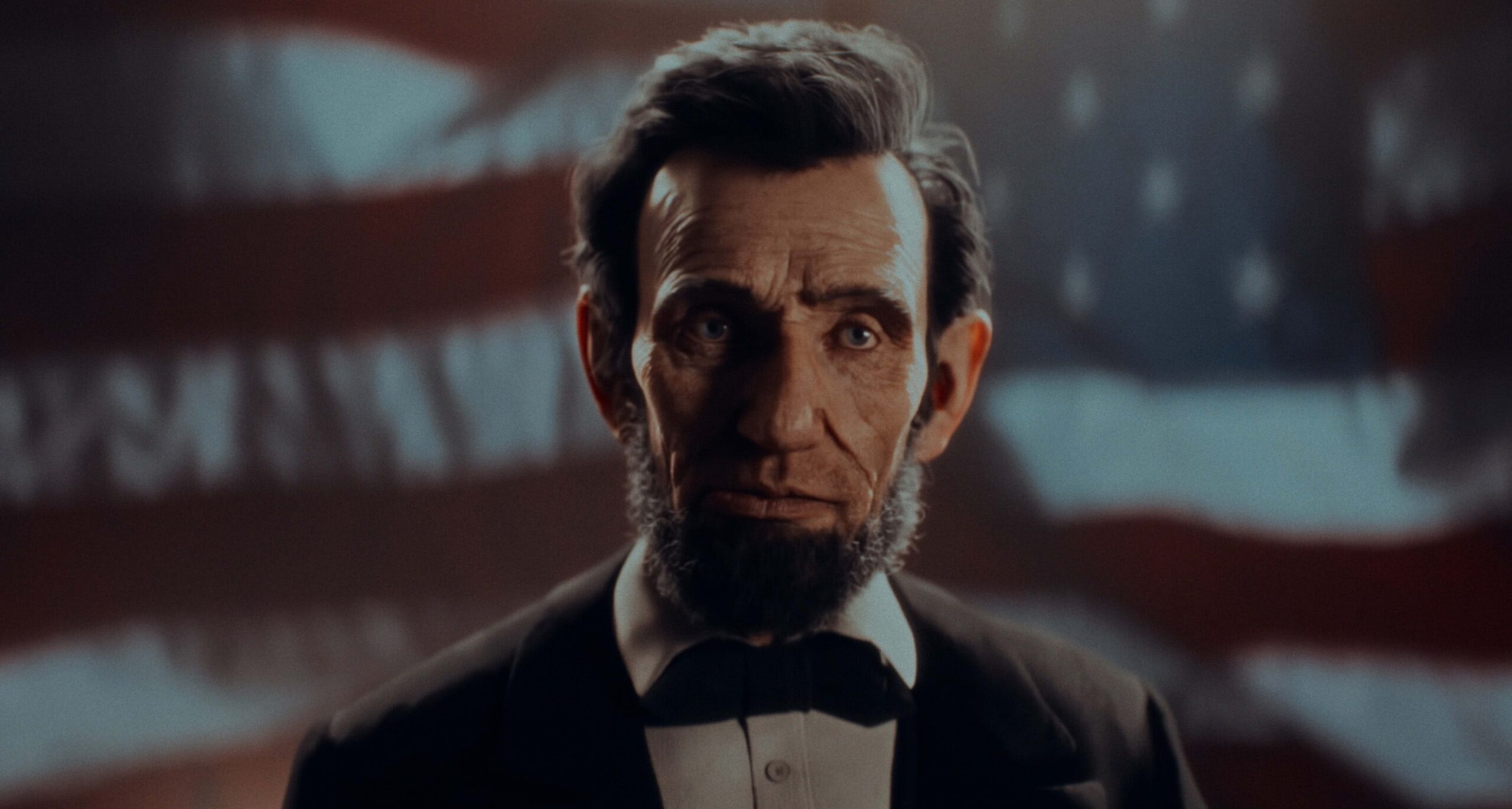
History of United States America
Civil War and Reconstruction (1860-1877):
The election of Abraham Lincoln in 1860 prompted southern states to secede, and form the Confederate States of America. The Civil War (1861–1865) was the bloodiest conflict in American history, ending in a Union victory. The Emancipation Proclamation (1863) and the 13th Amendment (1865) abolished slavery. Introduced the democratic system which was to ensure equality of state for the deprived and all classes of people.
Reconstruction aimed to rebuild the South and integrate formerly enslaved people into society. The 14th and 15th Amendments granted citizenship and voting rights to African Americans. However, Reconstruction faced significant opposition, leading to the rise of Jim Crow laws and segregation.
Industrialization and the Gilded Age (1877-1900):
The post-Reconstruction era saw rapid industrialization, urbanization, and immigration. Andrew Carnegie and John D. Men like Rockefeller dominated industry, leading to economic growth and huge wealth inequality. Labor unions emerged, advocating the rights of workers in harsh conditions.
United States of America
This period, known as the Gilded Age, was characterized by political corruption and corporate influence. Despite economic progress, social problems such as poverty and inequality persisted, fueling the progressive movement in the latter part of the century.
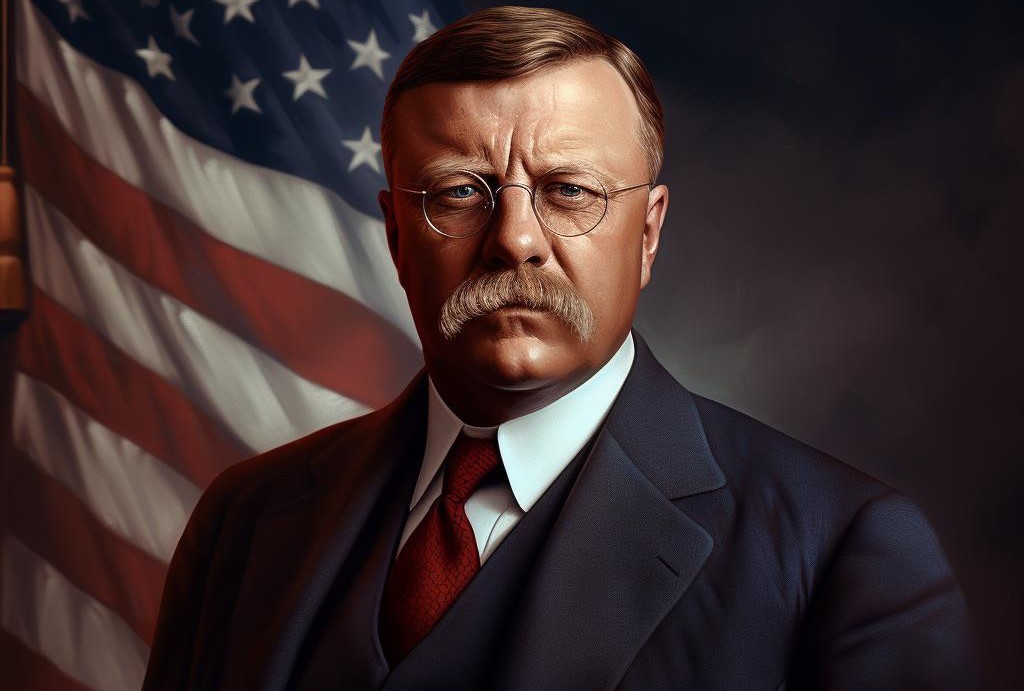
The Progressive Era and World War I (1900–1918):
Progressive reformers sought to address social injustice, corruption, and economic inequality. Presidents Theodore Roosevelt and Woodrow Wilson implemented reforms such as antitrust laws, labor protections, and women’s suffrage (19th Amendment, 1920).
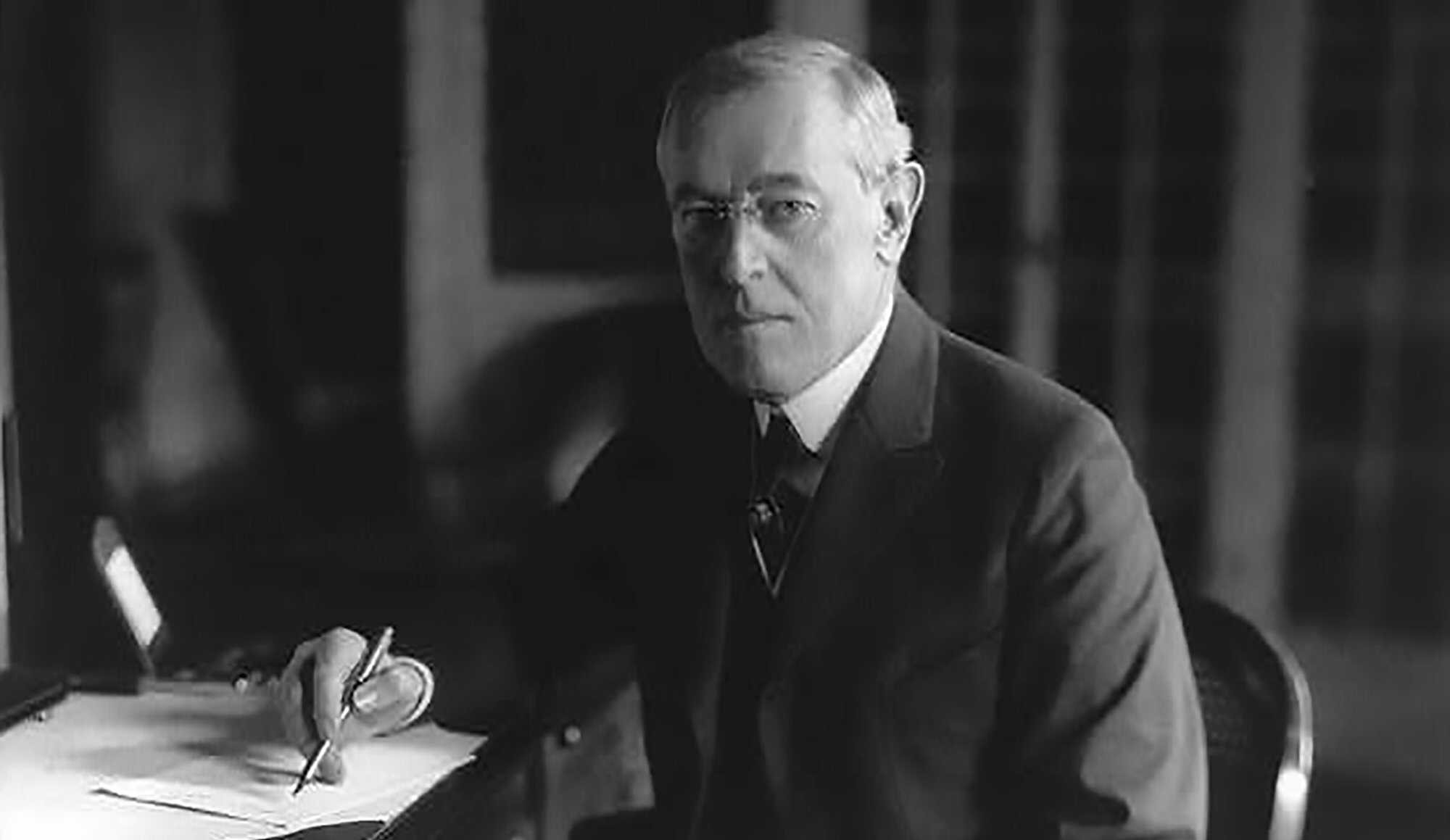
The United States was initially neutral during World War I but entered the conflict in 1917.
The war effort strengthened the economy and established the United States as a world power. The Treaty of Versailles and the League of Nations aimed to secure permanent peace, although the latter faced domestic opposition.
History of the United States of America
The Roaring Twenties and the Great Depression (1918-1941):
The 1920s or Roaring Twenties was a decade of economic prosperity, cultural change, and technological innovation. Jazz music, flappers, and the Harlem Renaissance epitomized the vibrancy of the era. However, the stock market crash of 1929 triggered the Great Depression, which caused widespread unemployment and great suffering for the general public.
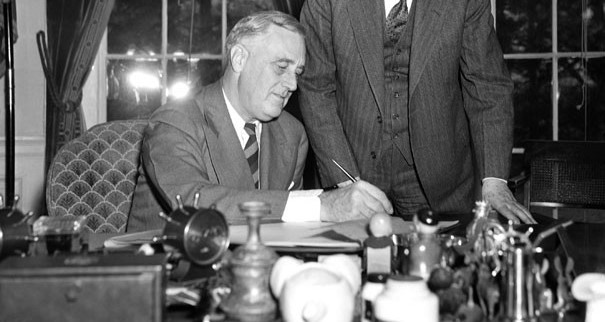
President Franklin D. Roosevelt’s New Deal implemented programs to provide relief, recovery, and reform. Initiatives like Social Security, labor rights, and infrastructure projects aim to stabilize the economy and support struggling Americans.
World War II and the Post-War Era (1941-1960):
The attack on Pearl Harbor in 1941 brought the United States into World War II. The war effort stimulated the economy and ended the Depression. American and Allied victories in Europe (1945) and the Pacific (1945) precipitated Japan’s surrender with the atomic bombings of Hiroshima and Nagasaki.
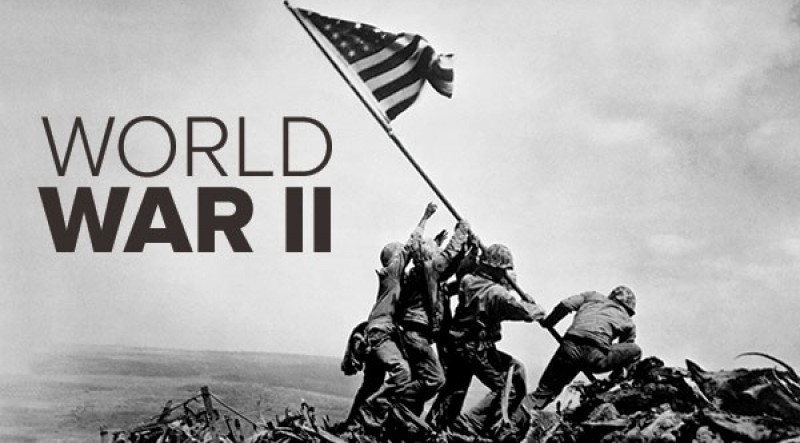
Post-war, the United States emerged as a superpower. leading efforts to rebuild Europe through the Marshall Plan and establishing institutions such as the United Nations. The Cold War with the Soviet Union dominated foreign policy. and marked by events such as the Korean War, the arms race, and the space race.
History of the United States of America
Civil Rights Movement and Social Change (1960-1980):
The 1960s and 1970s were transformative decades. driven by the civil rights movement, which sought to end racial segregation and discrimination. Important figures such as Martin Luther King Jr. advocated nonviolent protest. leading to landmark legislation such as the Civil Rights Act (1964) and the Voting Rights Act (1965).
Social movements have expanded to include women’s rights, environmentalism, and LGBTQ rights. The Vietnam War, the Watergate scandal, and the economic challenges of the 1970s tested the nation’s resolve, leading to significant political and cultural changes.
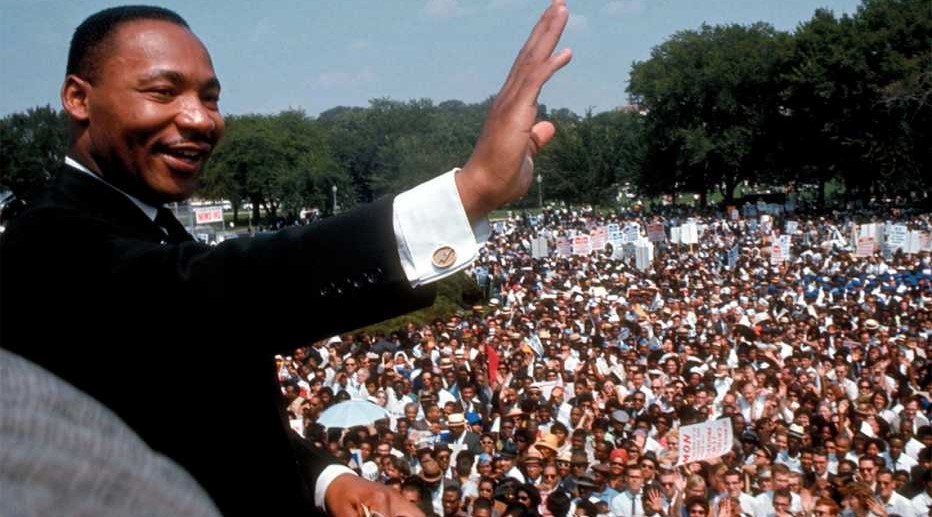
United States of America
Civil Rights Movement and Social Change (1960-1980):
The 1960s and 1970s were transformative decades. driven by the civil rights movement, which sought to end racial segregation and discrimination. Important figures such as Martin Luther King Jr. advocated nonviolent protest. leading to landmark legislation such as the Civil Rights Act (1964) and the Voting Rights Act (1965).
Social movements have expanded to include women’s rights, environmentalism, and LGBTQ rights. The Vietnam War, the Watergate scandal, and the economic challenges of the 1970s tested the nation’s resolve, leading to significant political and cultural changes.
History of America
The Information Age and Contemporary America (2008-present):
The late 20th century saw technological advances that changed society. The rise of computers, the Internet, and globalization have reshaped economics and communication. The Cold War ended with the collapse of the Soviet Union (1991), leaving the United States as the sole superpower.
Recent decades have been marked by political polarization, economic inequality, and social issues such as immigration, health care, and climate change. The terrorist attacks of September 11, 2001, led to wars on terror and conflicts in Afghanistan and Iraq.
The 2008 financial crisis spurred economic reforms and the election of Barack Obama. He is the first African American president. The 2010s saw notable social movements such as Black Lives Matter and Me Too, highlighting the ongoing struggle for justice and equality.
In 2022, America is indirectly involved in a Cold War with Russia centered on Ukraine. Due to this an invisible recession occurs all over the world.
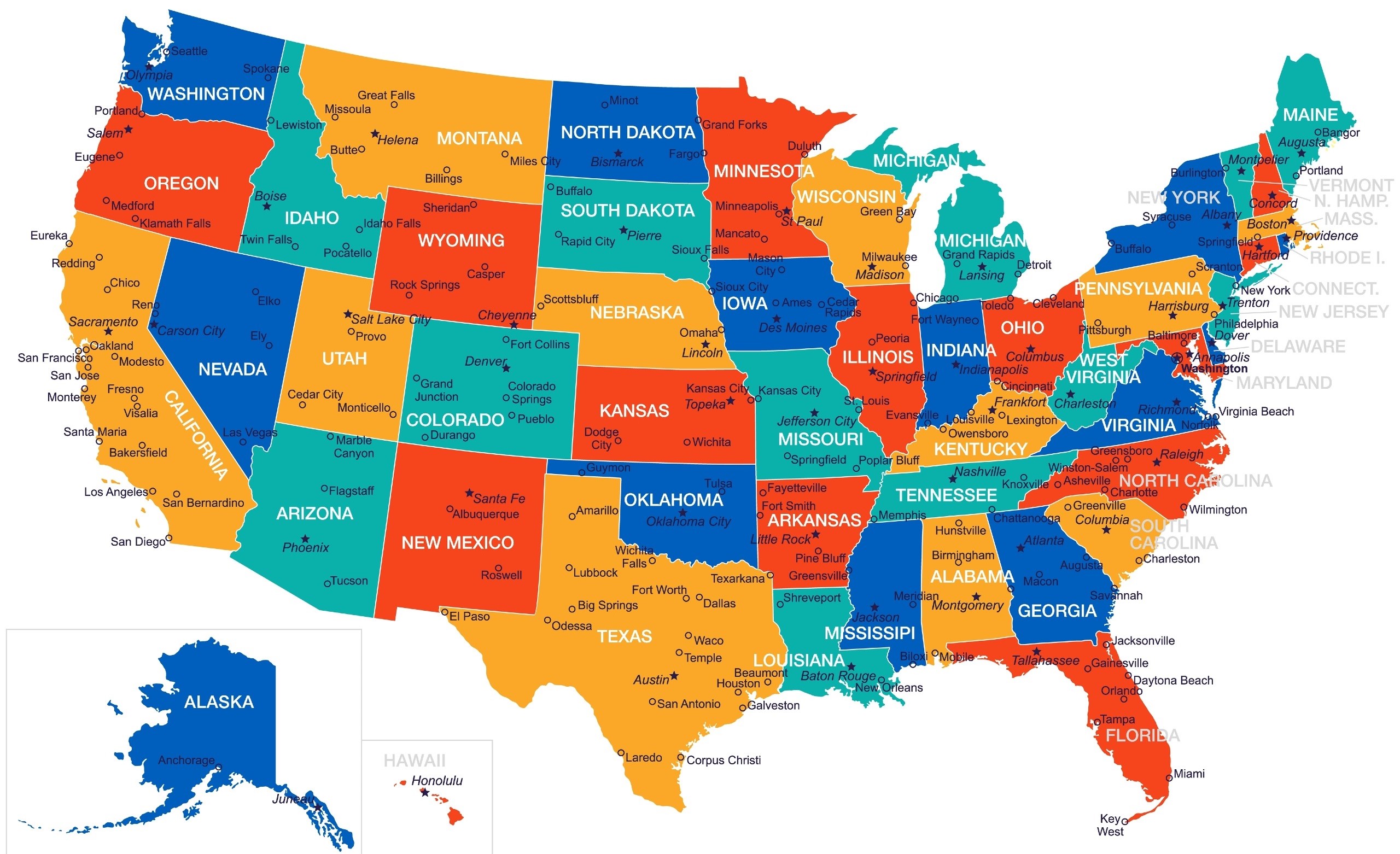
Conclusion:
The history of the United States is a dynamic narrative of growth, conflict, and change. The nation’s journey from indigenous civilization to a modern global power reflects enduring ideals of democracy, freedom, and opportunity. As it continues to evolve, the United States faces new challenges and opportunities in an interconnected world.
